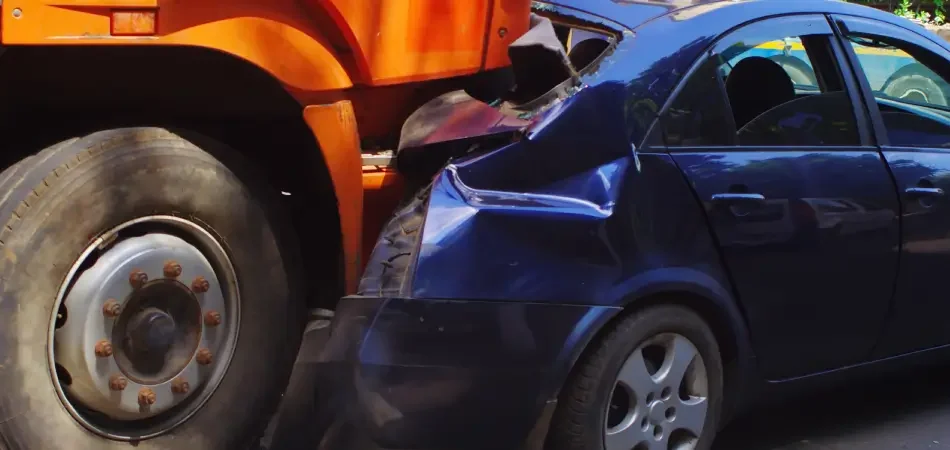Horrifying underride crashes almost always preventable

When you see images of the worst, most catastrophic collisions between commercial trucks and passenger vehicles, you may see vehicles damaged in an underride collision. These crashes occur when a smaller vehicle ends up underneath the larger commercial truck. The passenger vehicle often ends up crushed or may even have the top sheared off. The potential injuries to the occupants often prove fatal in these crashes.
The worst thing about underride collisions is that trucking companies can usually prevent them by investing in special guards for the commercial trucks. However, because of the cost, most companies choose only to install legally mandated guards and to gamble with the safety of everyone else on the road.
There are 3 types of underride crashes.
Although there are three ways in which passenger vehicles can end up underneath a commercial vehicle, federal law only mandates a protective guard to prevent against one. Every commercial truck in the United States should have rear underride guards. These metal guards hang below the back of the trailer, preventing a car from rear-ending the truck and ending up crushed under the wheels.
Although Canada requires side guards, which prevent passenger vehicles from sliding sideways under a truck’s trailer, the United States does not. Lawmakers have taken steps to address this discrepancy, but the guards are not yet required. In 2016, the most recent year with an analysis available, 295 people died in side collisions with trucks.
Investing in guards is the right thing to do, but the cost is significant.
Many companies want to maximize profits, no matter the potential cost to others. Decisions to buy cheaper, smaller and weaker rear underride guards are a perfect example of this kind of policy. Although federal law mandates rear underride guards, the law may not be as strict as it should be. Depending on the angle of approach of the smaller vehicle, many cheaper guards may not prevent the crash. Upgrading to a better guard may cut into profits too much, so mediocre guards get used.
Similarly, underride guards are expensive. They are also heavy, increasing the energy requirements for moving the truck. Trucking companies often refuse to upgrade and install side underride guards because of the potential cost. The average driver on the road should not have to accept additional risk of a crash to help ensure the profits of businesses.
When money and profit matter more than human life, only consequences that impact the profit margin of a company will force change. Those who suffered serious injuries or lost a loved one due to an underride collision with a commercial truck should consider their legal options. A lawsuit over a crash that could have been prevented may demonstrate to a trucking company how guards are a wise investment.



